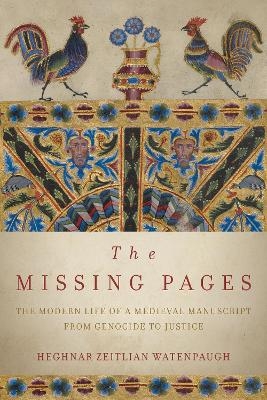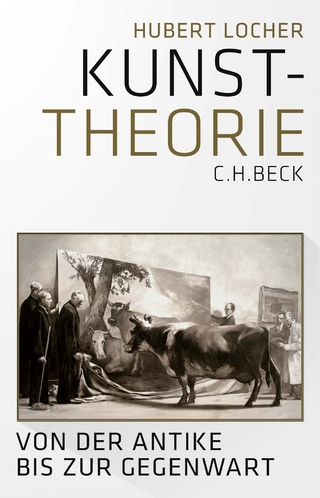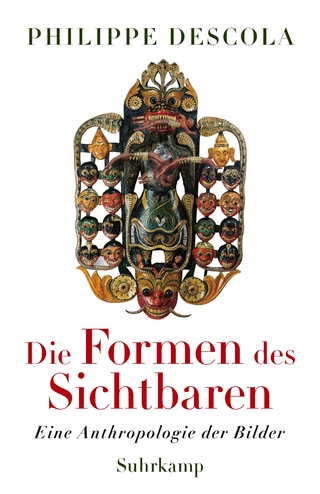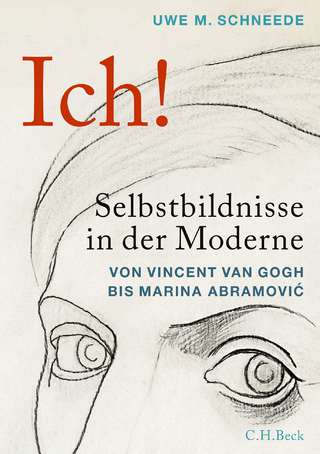
The Missing Pages
Stanford University Press (Verlag)
978-0-8047-9044-4 (ISBN)
The Missing Pages is the biography of a manuscript that is at once art, sacred object, and cultural heritage. Its tale mirrors the story of its scattered community as Armenians have struggled to redefine themselves after genocide and in the absence of a homeland. Heghnar Zeitlian Watenpaugh follows in the manuscript's footsteps through seven centuries, from medieval Armenia to the killing fields of 1915 Anatolia, the refugee camps of Aleppo, Ellis Island, and Soviet Armenia, and ultimately to a Los Angeles courtroom.
Reconstructing the path of the pages, Watenpaugh uncovers the rich tapestry of an extraordinary artwork and the people touched by it. At once a story of genocide and survival, of unimaginable loss and resilience, The Missing Pages captures the human costs of war and persuasively makes the case for a human right to art.
Heghnar Zeitlian Watenpaugh is Professor of Art History at the University of California, Davis. She is the award-winning author of The Image of an Ottoman City: Architecture in Aleppo (2004). Her writing has also appeared in the Huffington Post and the Los Angeles Times.
Contents and Abstracts1Survivor Objects. Artifacts of Genocide chapter abstractThe Canon Tables of the Zeytun Gospels at the Getty is a section of a gathering from the Zeytun Gospels. The Canon Tables is a "survivor object," a category of artifacts that have survived genocide and symbolize violence but also resilience. Their provenance provides information about their whereabouts since their creation, as well as evidence of struggles and contests over art. Survivor objects like the Zeytun Gospels provide a window on to the Armenian Genocide and the destruction of culture that accompanied it, but they also tell us about survival.
2Hromkla. The God-Protected Castle of Priests and Artists chapter abstractThe chapter reconstructs the historical context in which the Zeytun Gospels was created. The Armenian Kingdom of Cilicia flourished on the Mediterranean shore. It was a meeting point of cultures but also a strategic territory where regional and global conflicts played out, involving the Byzantine Empire, the Seljuk dynasty, the Mamluk dynasty, and the Crusader states. The Armenian Kingdom forged an alliance with the emerging Mongol Empire, which enabled it to survive longer than its rival states, until 1375. The chapter also explores the role of the arts in Cilicia, the career of the illuminator Toros Roslin, and the importance of the Gospel Book in Armenian Christianity. It provides an overview of medieval discussions of Canon Tables, which were always among the most lavishly illuminated parts of Gospels manuscripts.
3Zeytun. The Lost World of Ottoman Armenians chapter abstractThis chapter reconstructs the lost world of Ottoman Armenians, notably the mountain town of Zeytun. It reconstructs the unique spirit of the mountainous stronghold of Zeytun, its architecture, its religious institutions, and the importance of the Zeytun Gospels for that society. It recounts the destruction of this world during the genocide of Ottoman Armenians, along with the exile of Armenians from Zeytun and the removal of the Gospels from its liturgical context.
4Marash. The Holy Book Bears Witness chapter abstractThe Zeytun Gospels was brought from Zeytun to Marash, a larger town in the same province, where it passed to a doctor and amateur historian. After World War I, French forces occupied Cilicia with a plan to establish a French colonial enclave there. Having survived the war and the genocide, the manuscript was caught in an episode of intercommunal violence and was lost. When it was found again, it was sundered into two. The larger part was entrusted to an American missionary, as the Armenians of Marash were exiled and became refugees, many of them in Aleppo.
5Aleppo. Survivors Reclaim Their Heritage chapter abstractFrom the vantage point of Aleppo, where many genocide refugees ended up, this chapter examines some of the effects of the Armenian Genocide, notably its economic effects and the dispossession of the Armenians, its religious effects and the destruction of the Armenian Church, and finally its cultural effects and the destruction of Armenian cultural heritage. The chapter examines how survivors, especially religious leaders, reclaimed Armenian cultural heritage after the genocide by making demands for restitution and by salvaging and preserving artifacts that had survived. The chapter focuses on Archbishop Ardavazt Surmeyan, a proponent of cultural preservation, who penned a thorough description of the Zeytun Gospels.
6New York. The Zeytun Gospels Enters Art History chapter abstractThe Canon Tables arrived in the United States with an immigrant family. This chapter follows the split history of the Canon Tables and the mother manuscript, and provides an overview of the Armenian American community in the first half of the twentieth century. The gradual process through which the Canon Tables was identified as the missing pages from the Zeytun Gospels unfolded just as Armenian art was becoming an established category of art history. Key figures in this chapter are the scholarly Archbishop (later Catholicos) Karekin Hovsepian, who examined the Canon Tables, and the art history professor Sirarpie Der Nersessian, who examined the mother manuscript. Each participated in the process by which the artist Toros Roslin and medieval Armenian art entered the Western art history canon. This chapter considers how the lingering effects of the genocide shaped the way in which scholars wrote the history of Armenian art.
7Yerevan. Toros Roslin, Artist of the Armenian Nation chapter abstractThe mother manuscript of the Zeytun Gospels made its way to Yerevan, capital of the Armenian Soviet Socialist Republic, where it ended up at the Matenadaran Institute of Ancient Manuscripts. This chapter examines the Armenian SSR's cultural institutions. There scholars crafted a modern historiography that showcased medieval Armenian culture and creators such as Toros Roslin as "makers of the Armenian nation." The chapter briefly returns to New York around 1994, when the Getty Museum purchased the Canon Tables from an Armenian American family for almost one million dollars.
8Los Angeles. The Contest over Art chapter abstractThis chapter provides an overview of the Armenian community of Southern California and the history of the Armenian Genocide restitution movement in the United States. It surveys the successes of Armenian Genocide litigation in the 1990s and 2000s, notably against insurance companies. It provides an overview of the lawsuit Western Prelacy v. Getty, its settlement, and reactions in the press as well as within the Armenian community. The chapter concludes with a broader consideration of debates regarding reparations and restitution movements, and the writing of art history through the courts.
| Erscheinungsdatum | 24.01.2019 |
|---|---|
| Zusatzinfo | 15 color illustrations, 14 halftones, 1 map |
| Verlagsort | Palo Alto |
| Sprache | englisch |
| Maße | 152 x 229 mm |
| Themenwelt | Kunst / Musik / Theater ► Allgemeines / Lexika |
| Kunst / Musik / Theater ► Kunstgeschichte / Kunststile | |
| ISBN-10 | 0-8047-9044-2 / 0804790442 |
| ISBN-13 | 978-0-8047-9044-4 / 9780804790444 |
| Zustand | Neuware |
| Haben Sie eine Frage zum Produkt? |
aus dem Bereich


